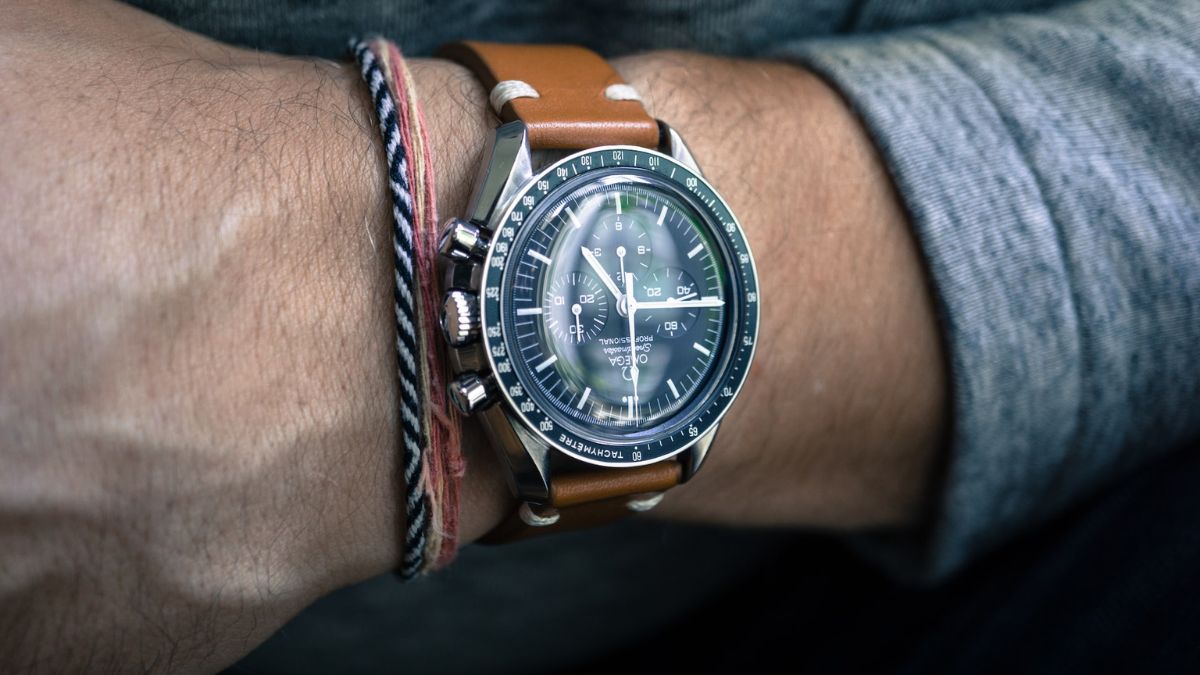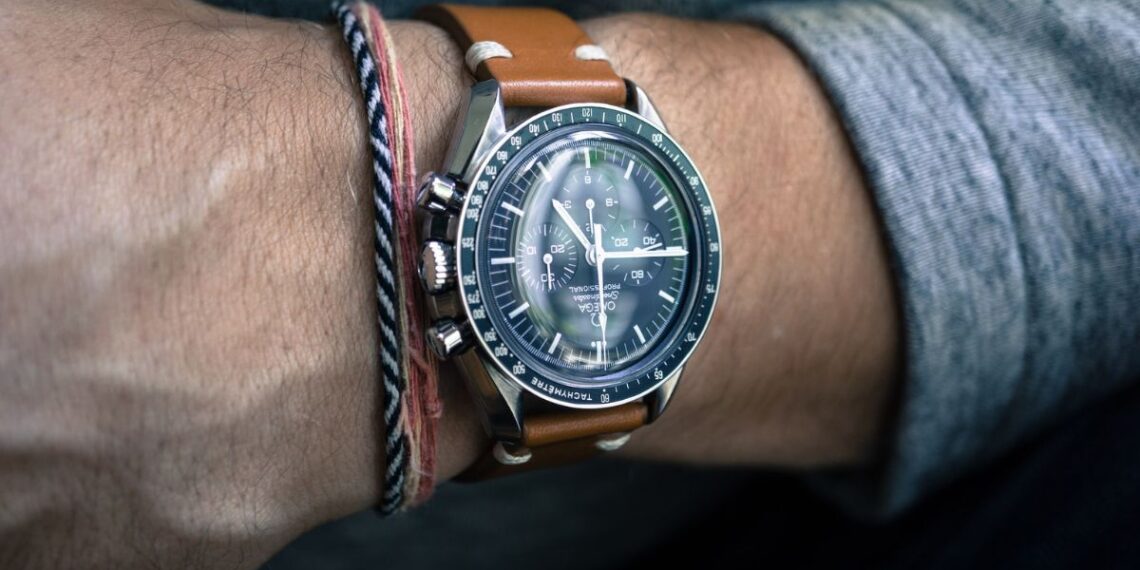The world of watches is fascinating – but often inscrutable. This is mainly due to the fact that watches with unusual names are offered on various blogs and in online stores. You read that you can buy chronographs at the best price or that certain cosmographs are available for little money.
But what are these names all about? Here we explain what chronographs, chronometers and cosmographs are and how they differ.
Chronometer: tested in Switzerland
Chronometers are particularly precise watches that show only very slight rate deviations depending on temperature and position. Chronometers go back to marine clocks that were specially developed for shipping. You should be able to determine the precise longitude on the high seas.
For a chronometer to be allowed to call itself a chronometer, the watch must first undergo a thorough test. The COSC in La Chaux-de-Fonds is responsible for this. The maximum rate deviation per day is -4/+6 seconds.
Chronographs: the moon sends its regards
The chronograph is probably the most widespread and also the most popular watch that makes collectors’ hearts beat faster. Chronographs are characterized by their stopwatch function. Characteristic of this type of wristwatch are the two buttons (so-called pushers) next to the crown and several smaller dials, also known as totalizers. The Frenchman Louis Moinet is considered the inventor of the chronograph, but he called his timepiece a “compteur de tierces” (thirds counter). Just a few years later, another watchmaker presented a watch with a stop function: Nicolas Mathieu Rieussec gave his invention the name “chronograph”. The Nicolas Rieussec collection from the famous manufacturer Montblanc was named in his honor.
In 1969, Zenith and Seiko, as well as a group consisting of the manufacturers Heuer, Breitling, Dubois-Dépraz and Büren, launched the first series-produced self-winding chronograph on the market almost simultaneously. It was later displaced by the newly emerging quartz watches before making a real comeback in the mid-1980s. The chronograph developed into a status symbol. Some models have become true legends and enjoy great popularity among fans and collectors.
Omega Speedmaster
It is affectionately known as “Speedy” and has even made it into space: the Omega Speedmaster was designed as a racing watch and became famous for its excursions into space. In 1969, astronaut Buzz Aldrin took his Speedmaster to the moon. A year later, it could be seen on the wrist of astronaut Ed White. When all navigation systems failed during the Apollo 13 mission, the Omega Speedmaster saved the lives of the shuttle crew.
Cosmographs: exclusive models from Rolex
The name Cosmograph was specially devised by Rolex for its watches with moon phase display and calendar function. Today, this refers to the Rolex Daytona, which is actually a chronograph with additional functions. Daytona fans also speak of a “chronograph of superlatives”.
Rolex Daytona
The Rolex Daytona was developed specifically for racing drivers. When it became available in 1963, the elegant watch caused a sensation. To this day, it has lost none of its appeal, which is not least due to the small changes that Rolex has made to the cult model over the years. Thanks to the combination of tachymeter bezel and stop function, you can measure your speed while driving. The Perpetual Cosmograph Daytona in stainless steel is particularly coveted among collectors .








